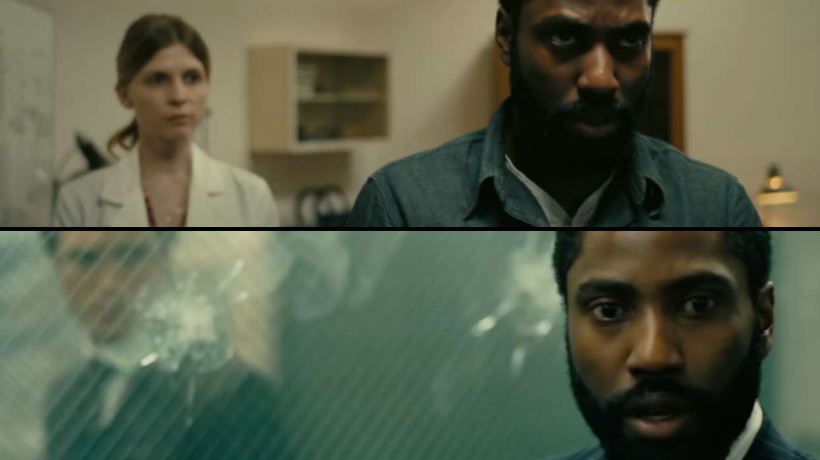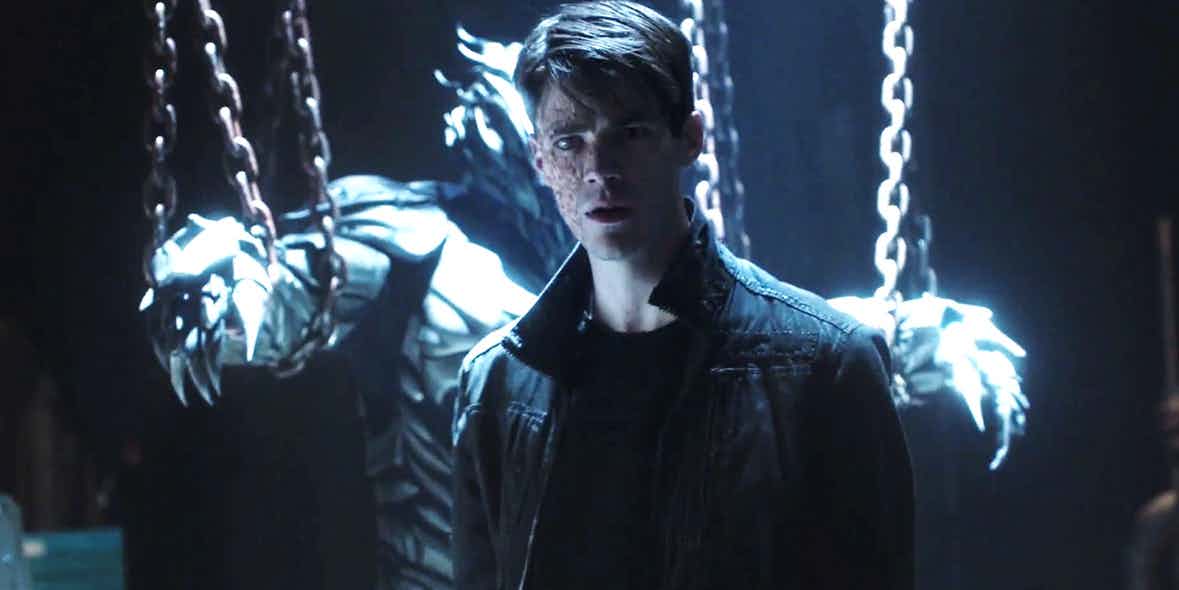
This Christopher Nolan’s special is out in the market and the reviews are pouring in just nicely. Tenet currently sits at a 7.6/10 IMDb rating, and 71% at Rotten Tomatoes, which honestly isn’t bad. Rather it tells us that the movie is promising. The plot revolves around a secret agent who embarks on a dangerous, time-bending mission to prevent the start of World War III. The cast includes Elizabeth Debicki as Kat, Robert Pattinson as Neil, John David Washington as The Protagonist, Kenneth Branagh as Andrei Sator, Dimple Kapadia as Priya, and many more.

All this aside, what really influences our decision of watching this movie is the end that summarises and tells us the actual meaning of the film’s title. Due to the complex time travel premise, however, some viewers may remain unclear about the movie’s specifics, and how the final battle at Stalsk-12 in Northern Siberia affects the in-universe timeline. In short, the word “Tenet” derives from the climactic mission in which two CIA squads execute a “temporal pincer movement” and have a 10-minutes window to achieve their desired goal.
Before the movie released in September 2020, the palindromic title and an ambiguous trailer naturally sparked a number of theories pertaining to the plot of the film. For example, Hayley Atwell narrated a video about the Sator Square, a palindrome that was originally found in the ruins at Pompeii, and includes the words SATOR, AREPO, TENET, OPERA, and ROTAS. In Christopher Nolan’s film, he uses the Sator Square as the structural foundation for the story. He informs audiences that “Tenet” has several meanings, and he associates the rest of the Sator Square words with specific characters for narrative symmetry. If you have not understood Tenet yet, you might want to make it till the end of the article in order to get a clearer understanding of what Tenet actually is.
Now the plot is, a CIA agent known only as Protagonist, played by John David Washington luckily survives a failed mission at the Kyiv opera house, and he subsequently joins a secret organization called Tenet. And there, he learns that someone has produced bullets that invert backward through time. The above-mentioned character then tracks them to Russian businessman Andrei Sator, portrayed by Kenneth Branagh, who seems to be having a difficult relationship with his wife Kat, enacted by Elizabeth Debicki, which leads to the result of her affair with an art forger named Arepo. The Protagonist then learns that there devices that exist called turnstiles that allow entropy inversions, and that Sator plans to use his turnstile, located at a Rotas free port, to collect various artifacts that are collectively part of a world-ending algorithm created by a scientist from the future.
For the Protagonist, the word “Tenet” initially works like a password that allows him to make connections while investigating his true mission. After teaming up with the mysterious agent Neil, beautifully played by Robert Pattinson, though, yet unaware of the true meaning of Tenet, the Protagonist later learns that true horrific meaning which is – Tenet is a time-sensitive inversion operation that’s part of a larger plan. Tenet divides into two teams to execute a “temporal pincer movement” that will allow them to acquire the algorithm. Particularly, they have to prevent Sator from wiping out the entire humanity so that the generation that follows can inverse and escape an uninhabitable Earth (“their oceans rose and their rivers ran dry”).
Over the course of one hour, a red team moves forward in time while a blue team inverses. Conceptually, this will give them a 10-minute timeframe to share logistical intelligence. The protagonist is part of the splinter red team with Commander Ives (Aaron Taylor-Johnson), while Neil inverses with the blue squad. The Tenet leaders eventually acquire the algorithm, while Kat inverses back in time to kill Sator in Vietnam. Tenet ends with Neil inversing to help the splinter agents, only to reveal that he’s going to inverse once again to pick a lock and save the Protagonist’s life during the 10-minute mission.
Ultimately, the 10-minute mission in Tenet is symbolic of the film’s overall structure. As the Protagonist moves forward towards his destiny (founding Tenet in the future), Neil inverses backward to ensure that his mentor is protected. Pattinson’s character provides clarity during the final moments by explaining that the entire mission has been a temporal pincer and that they’ve now reached the middle. Neil also tells the Protagonist that he’ll see him “at the beginning,” which makes Tenet even more complex when considering that Kat’s son is most likely a younger version of Neil.
Although this might seem confusing in the first go, the complexity of this plot is what makes it so much more entertaining. Tenet is a must-watch recommendation, but we also suggest that you keep your eyes and ears open. Trust us, you would not want to miss the little details that make up for such a beautifully crafted film.










